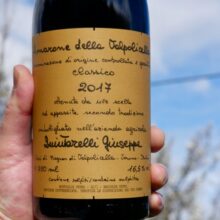
Product information
Giuseppe Quintarelli Amarone delle Valpolicella 2017
$637
Description
A total seductress, the 2017 Amarone della Valpolicella Classico is a dark beauty. It opens with a dusty bouquet of dried flowers and masses of cherry sauce, offset by spiced orange and nuances of violet pastille. It sweeps across the palate, a model of purity, with crisp wild berry fruits energized by tantalizing acidity and shavings of dark chocolate. Crunchy mineral tones emerge toward the close. The 2017 lingers impossibly long yet remains completely fresh. Grippy tannins remain as hints of dried blueberry and lavender resonate throughout. The Quintarelli winery has been working hard to perfect a style that mixes the magic of older vintages with a new level of freshness, and the 2017 is a big step in the right direction. Bravo. Drink 2025-2038
Eric Guido, Vinous 96+ Points
It’s no surprise that Giuseppe is considered the Maestro.
Grapes are carefully selected during harvest. After harvest, grapes sit in wooden boxes or on rush mats Careful attention is paid to the positioning of the grapes so the appassimento can occur naturally. Noble rot starts to appear in November and develops mostly in January. Grapes are pressed at the end of January and after 20 days of maceration, alcoholic fermentation begins with indigenous yeasts. Fermentation lasts 45 days.
Wine is then racked and ages in Slavonian oak barrels for seven years. Alcoholic fermentation continues during this aging period creating a dry wine.
Corvina, Corvinone, Rondinella
In stock
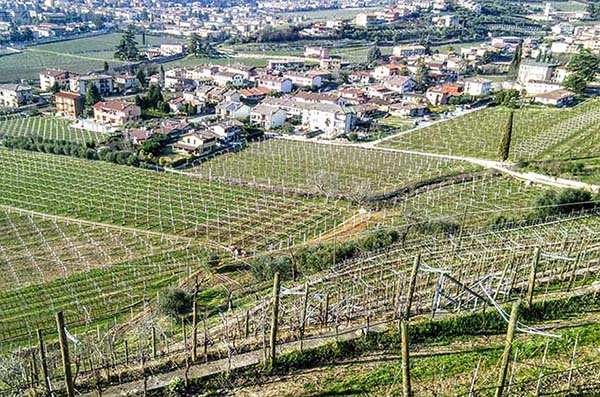
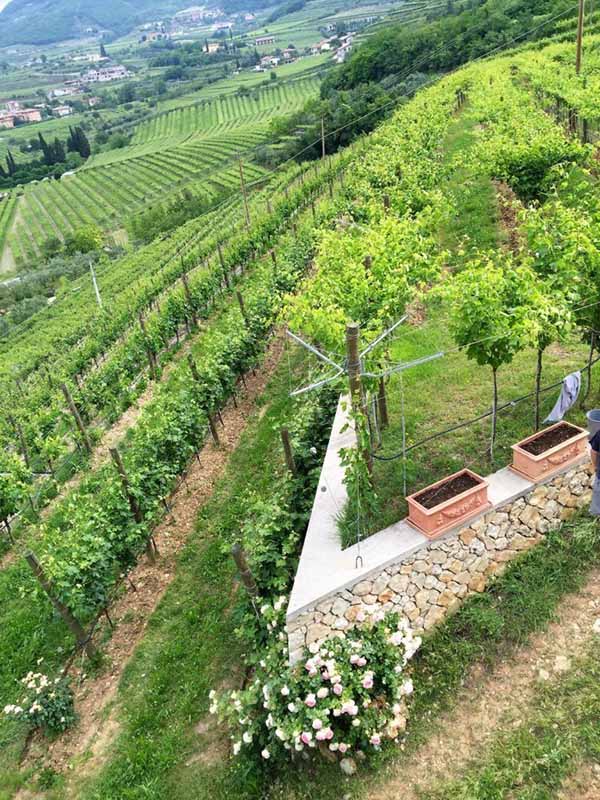
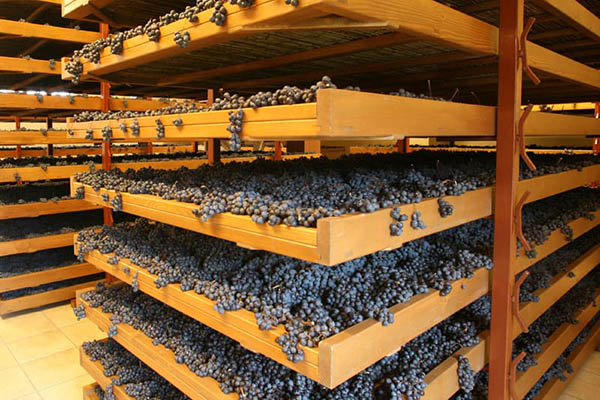
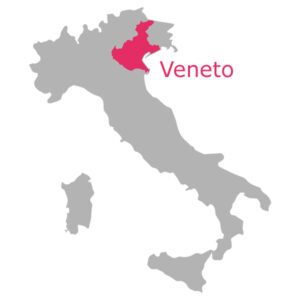
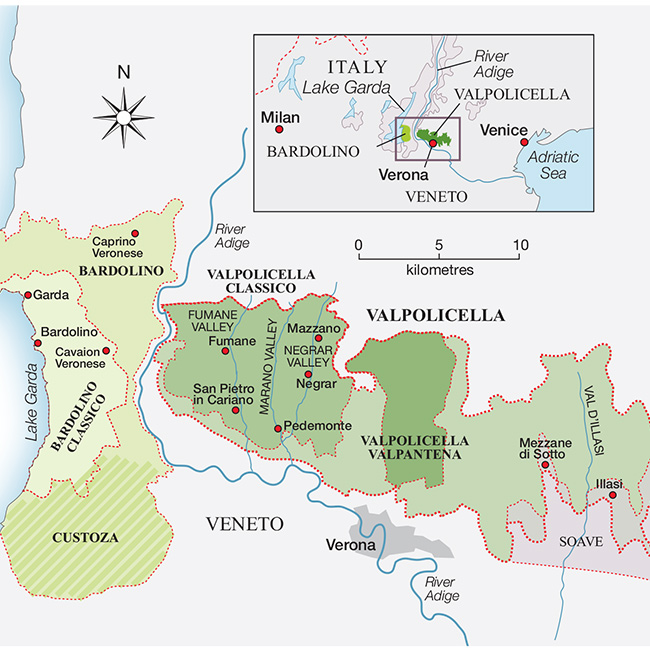
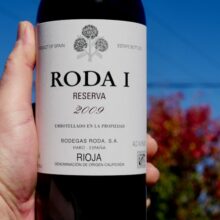
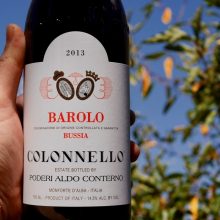
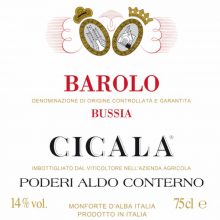
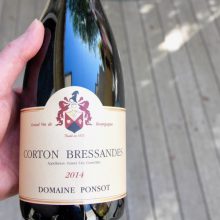
You must be logged in to post a comment.